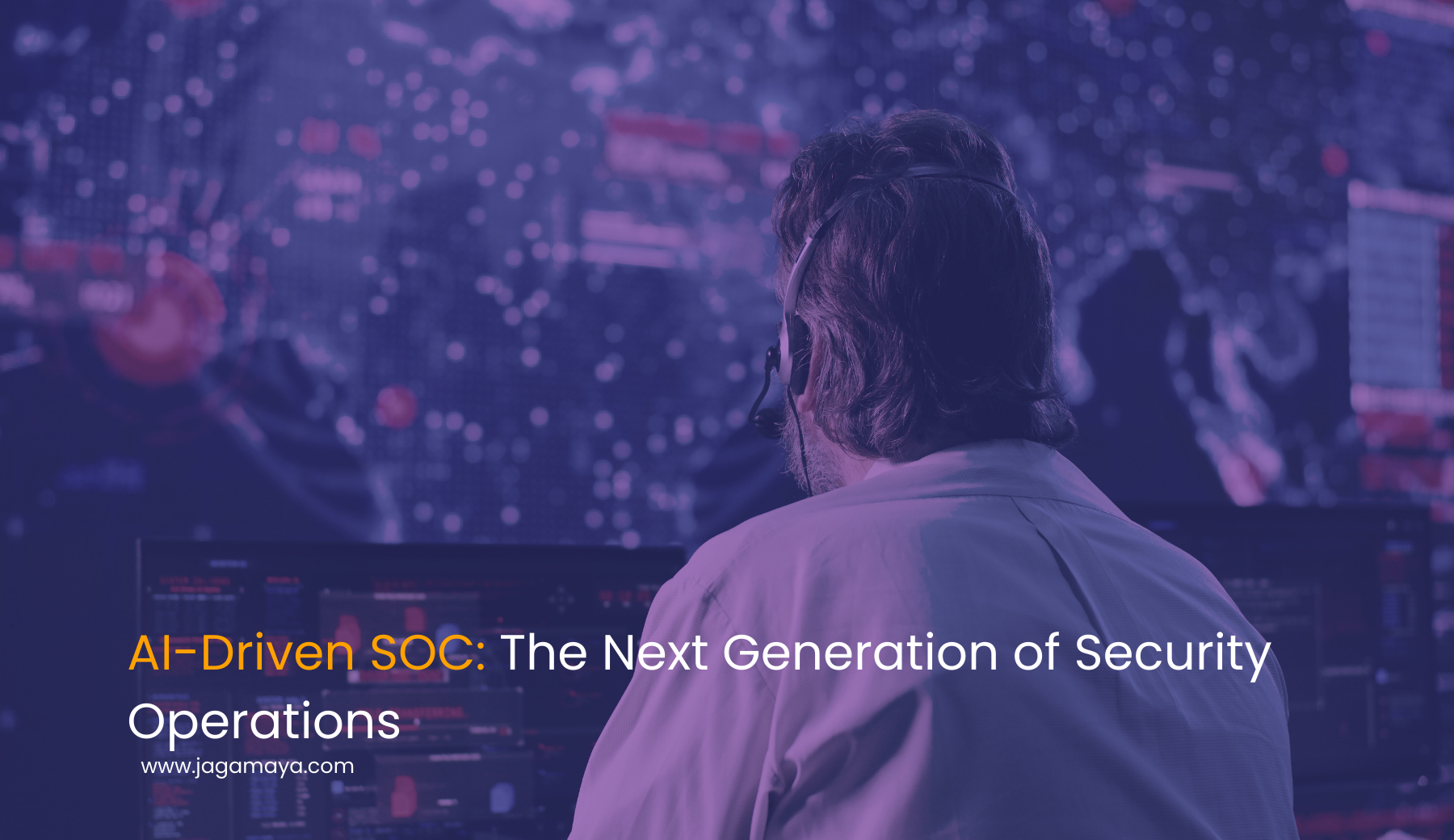In today’s rapidly evolving threat landscape, traditional Security Operations Centers (SOCs) are being pushed to their limits. Security teams are overwhelmed by alert fatigue, sophisticated attack vectors, and a shortage of skilled analysts. To combat this, organizations are turning to AI-driven SOCs — a transformative leap that enhances detection, investigation, and response with machine intelligence.
The SOC Evolution: From Manual to Intelligent
Conventional SOCs have relied on signature-based detection and manual triage processes, which are time-consuming and error-prone. With the surge in cyber threats, these traditional methods struggle to scale. AI-powered SOCs introduce automation, behavioral analysis, and contextual threat intelligence, enabling faster and more accurate threat identification.
According to IBM Security, an AI-enabled SOC leverages machine learning and natural language processing to correlate signals from massive datasets. This helps security analysts prioritize threats effectively and reduce mean time to detect (MTTD) and respond (MTTR).
Benefits of AI in Modern SOCs
AI-driven SOCs bring significant advantages:
- Automated Threat Detection: AI models detect anomalies and potential breaches in real-time by analyzing user behavior, network traffic, and endpoint telemetry.
- Faster Incident Response: By automating repetitive tasks, AI helps SOC teams act swiftly during a breach.
- Scalable Intelligence: As threats grow in complexity, AI continuously adapts and learns from new patterns without needing manual rule updates.
- Reduced Alert Fatigue: AI filters false positives, allowing analysts to focus on actual incidents.
These advancements are key for protecting mission-critical infrastructure. For instance, Jagamaya’s Security Information and Event Management (SIEM) platform—integrates AI to enhance log correlation, threat intelligence integration, and incident response.
Use Case: AI-Powered Threat Hunting
Modern SOCs leverage AI for proactive threat hunting. Instead of waiting for alerts, AI systems analyze historical data to identify patterns of compromise. Platforms like Microsoft Sentinel and Jagamaya’s iAPM platform support this capability, helping security teams stay ahead of emerging threats.
An example of this is how Gartner highlighted AI-driven SOCs as a top trend for 2024, citing their ability to minimize human intervention and reduce operational costs.
Challenges and Considerations
Despite the benefits, implementing an AI-driven SOC isn’t without challenges:
- Data Quality: AI’s effectiveness depends on high-quality, diverse datasets.
- Model Bias: Poorly trained models may introduce false negatives.
- Skill Gaps: Integrating AI tools requires reskilling of cybersecurity teams.
- Cost: Advanced platforms and AI talent can be expensive.
Organizations must balance these factors with strategic planning. This includes adopting solutions like Jagamaya’s Pramenggala, which ensures accurate risk assessments and vulnerability management, feeding quality data into AI systems.
Aligning with Indonesia’s Digital Vision
As Indonesia pushes forward with its #IndonesiaDigital2045 initiative, the adoption of AI-driven SOCs becomes essential. By embedding AI into national security frameworks, we not only improve cyber resilience but also build sovereignty over our digital infrastructure.
Government agencies and enterprises can leverage platforms like Security Event Monitoring and iAPM for unified security monitoring and observability. These tools are designed with local compliance and operational independence in mind.
Conclusion
AI is not just an upgrade to the SOC—it is a paradigm shift. By combining automation, analytics, and adaptive learning, AI-driven SOCs empower security teams to move from reactive defense to proactive resilience.
At Jagamaya, we are building the next generation of security infrastructure, integrating AI across our cyber defense platforms to secure Indonesia’s digital future.
Let’s move beyond alerts and toward intelligence. Because the next wave of cybersecurity isn’t just about detection—it’s about domination.
Related Blogs:
- How Employee Mistakes Lead to 90% of Cyber Breaches
- Automating Threat Detection in Data Centers with AI
Outbound References:


Leave a Reply